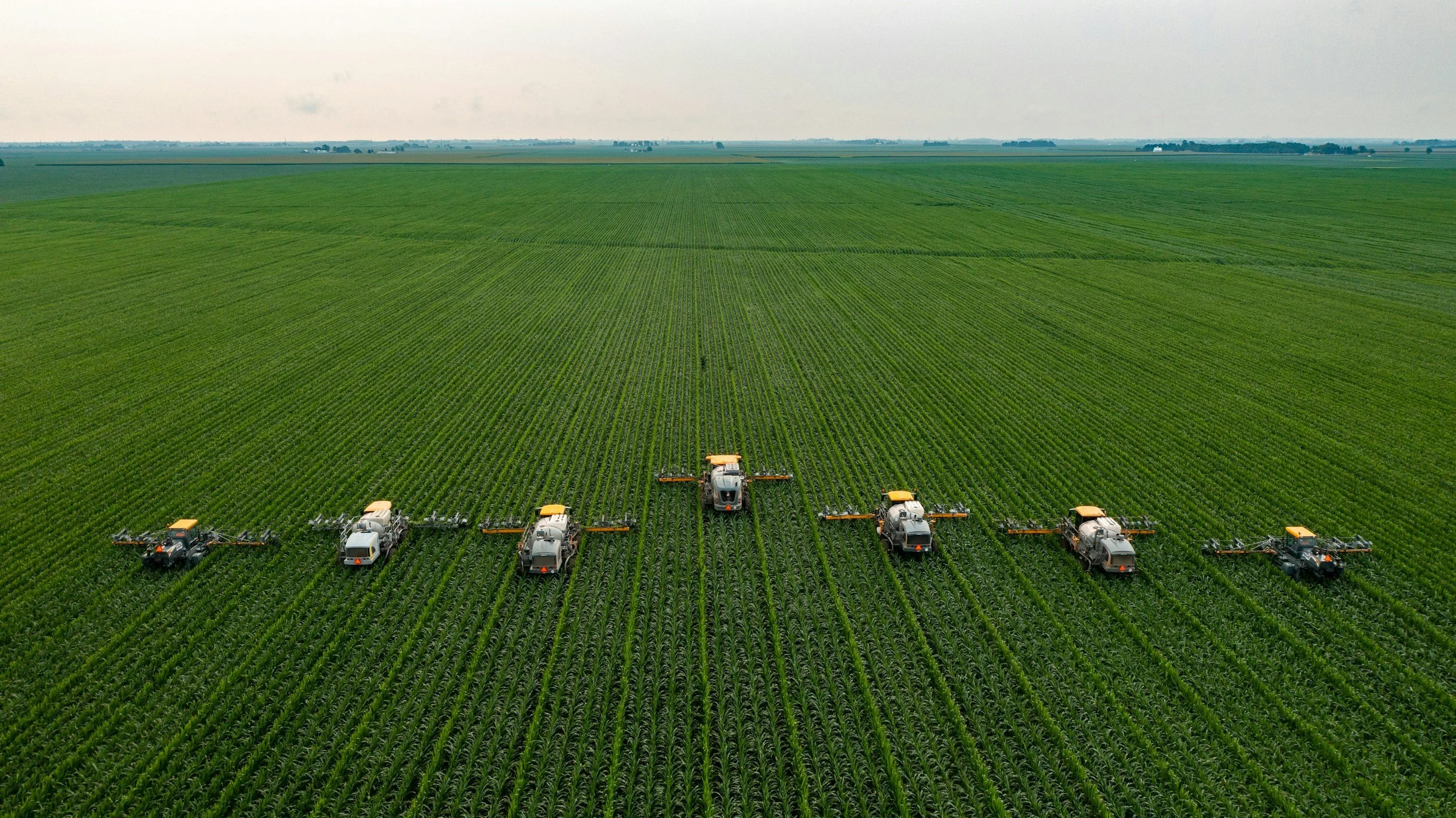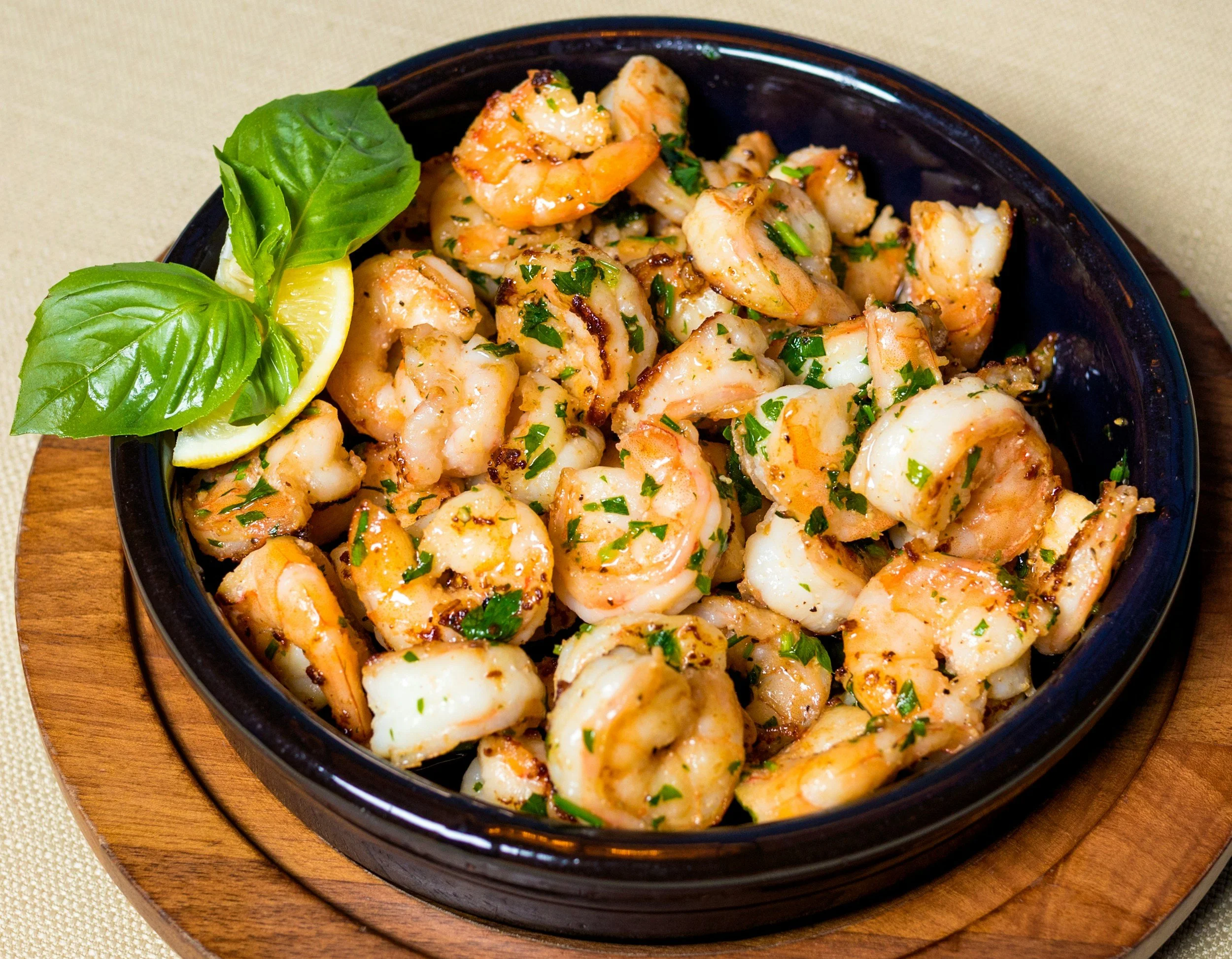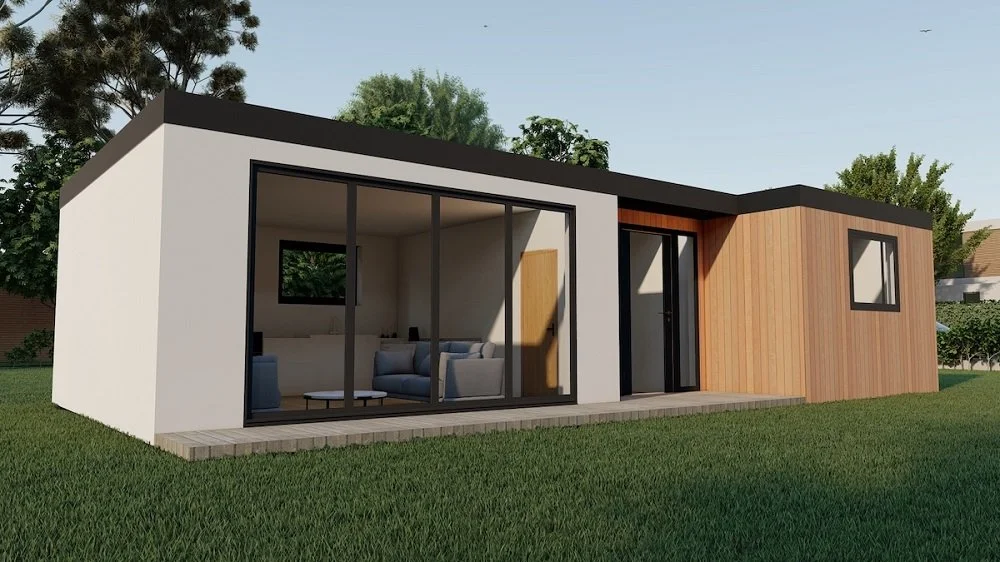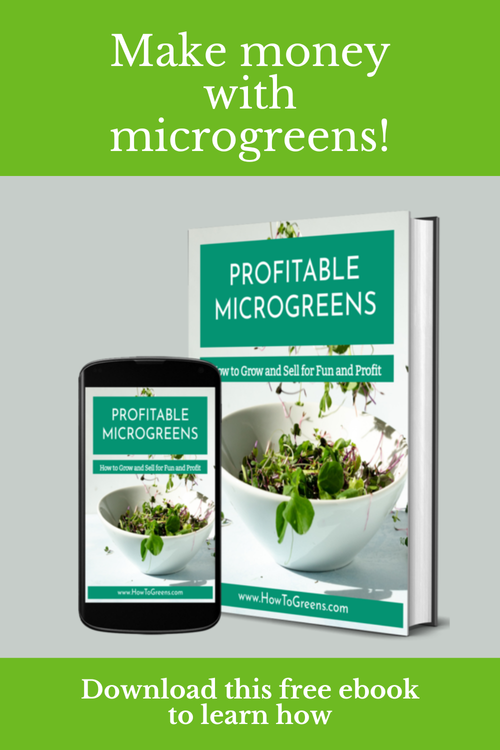Hydroponics & Sustainability: Everything You Need To Know
/In the modern world, the importance of sustainable farming practices cannot be overstated. With the growing challenges of climate change, resource scarcity, and a rising global population, it has become imperative to explore innovative methods of agriculture that can minimize environmental impact while ensuring a steady food supply. One such practice that is gaining increasing attention and popularity is hydroponics.
As someone deeply committed to supporting sustainability, I believe it is essential to not only recognize the concept of hydroponics but also to delve into its numerous advantages and understand how it plays a pivotal role in shaping a more sustainable future for agriculture.
Overview of hydroponics and sustainability
Hydroponics is a sustainable farming method that involves growing plants without soil, using nutrient-rich water solutions. This system offers several benefits, including increased crop yield and resource efficiency. Hydroponics helps minimize land and soil degradation, reduces the need for pesticides and herbicides, and has a lower carbon footprint compared to traditional farming methods. It also contributes to reducing water pollution and waste. Overall, hydroponics promotes sustainability in agriculture by providing a more efficient and environmentally-friendly way to grow crops.
Benefits of hydroponic farming
Hydroponic farming offers numerous benefits. Firstly, it allows for increased crop yields and faster growth rates compared to traditional farming methods. Secondly, hydroponics is highly resource-efficient, requiring less water and space.
Additionally, this system reduces the need for pesticides and herbicides, promoting healthier and more sustainable food production. Overall, hydroponic farming is a game-changer in terms of efficiency and sustainability.
What is Hydroponics?
Hydroponics is an innovative method of cultivating plants without relying on traditional soil. Instead, it harnesses a nutrient-rich water solution that provides plants with their essential nutrients directly. This approach incorporates various hydroponic systems, such as the nutrient film technique (NFT), deep water culture (DWC), and aeroponics.
Hydroponics offers a meticulously controlled environment for plant growth, guaranteeing ideal conditions that lead to higher yields and enhanced efficiency. This technique is a testament to our ability to revolutionize agriculture and create sustainable, high-yield solutions for our ever-growing world.
Definition and history of hydroponics
The concept of hydroponics dates back to ancient civilizations like the Hanging Gardens of Babylon. In modern times, the science behind hydroponics was further developed in the 19th and 20th centuries. Today, hydroponics is recognized as an innovative agricultural technique that offers sustainable and efficient plant growth.
Different types of hydroponic systems
There are various types of hydroponic systems, each with its own advantages and suitability for different plants and setups. Some common types include the nutrient film technique (NFT), deep water culture (DWC), Ebb, Wicking, and Drip System. These systems differ in how they deliver water and nutrients to the plants, providing flexibility and scalability for different growing needs.
Certainly, here are brief explanations of each of the six types of hydroponic systems:
Deep Water Culture (DWC):
In DWC, plants are suspended in a nutrient-rich water solution with the roots submerged in the nutrient solution.
Oxygen is supplied to the roots using air stones or diffusers, ensuring they receive both water and oxygen for growth.
Nutrient Film Technique (NFT):
NFT involves a sloped trough or tube where a thin film of nutrient-rich water flows over the roots of the plants.
The roots are in constant contact with a thin film of water and air, promoting nutrient uptake and oxygenation.
Aeroponics:
Aeroponics is a high-tech system where plant roots are suspended in the air, and a fine mist of nutrient solution is sprayed onto the roots.
This method allows for maximum oxygen exposure to the roots and efficient nutrient absorption.
Ebb and Flow Technique:
Also known as flood and drain, this system involves periodically flooding the plant containers or trays with nutrient solution.
After a set time, the solution drains away, allowing the roots access to oxygen as the water level recedes.
Wicking:
Wicking is one of the simplest hydroponic systems and is often used for smaller plants or herbs.
It relies on a wicking medium (such as cotton or felt) to draw up nutrient solution from a reservoir to the plant roots.
Drip System:
In a drip system, nutrient solution is delivered to the plant roots through a network of tubes, pipes, and emitters.
The solution drips or trickles onto the growing medium and roots, ensuring consistent moisture and nutrient supply.
Each of these hydroponic systems has its advantages and disadvantages, making them suitable for different plants, scales of cultivation, and resource availability. Choosing the right system depends on factors such as the type of crops you want to grow, available space, budget, and personal preferences.
Advantages of Hydroponics
Hydroponics offers several significant advantages, and one of the most noteworthy is its capacity to enhance crop yield and growth rate. Unlike traditional soil-based farming, where plants depend on the nutrient content of the soil, hydroponic systems deliver nutrients directly through the water. This direct access to essential nutrients allows plants to thrive and grow at an accelerated rate, often up to 50% faster than their soil-based counterparts.
But the benefits don't stop there. Hydroponics is also a champion of resource efficiency, making it an environmentally sustainable solution for food production. Hydroponic systems require a mere fraction of the water compared to conventional agriculture. They can function with as little as 10% of the water typically used in traditional farming methods. This reduced water consumption not only conserves a precious resource but also offers a lifeline for regions struggling with limited access to water resources.
In a world where water scarcity is a growing concern, hydroponics emerges as a game-changer. Its ability to boost crop growth and yield while drastically cutting water usage positions it as a vital tool in our efforts to sustainably feed a growing global population.
Increased crop yield and growth rate
Hydroponics offers a remarkable advantage in agriculture due to its ability to significantly boost crop yields and accelerate plant growth compared to conventional farming methods. This technological innovation ensures that plants receive precisely the nutrients they need without the reliance on soil, resulting in astonishing growth rates.
This accelerated growth not only translates into increased productivity but also bountiful yields, making hydroponics an incredibly efficient and promising approach to food production.
Water and resource efficiency in hydroponics
One of the key advantages of hydroponics is its high water and resource efficiency. In traditional farming, a significant amount of water is lost through evaporation and runoff. However, in hydroponics, water is recirculated within the system, reducing water waste.
Nutrient solutions used in hydroponics can be carefully controlled and optimized, minimizing resource usage and maximizing plant growth. This efficient use of water and resources makes hydroponics a sustainable farming method with minimal environmental impact.
Sustainability in Hydroponics
In hydroponics, sustainability is a core principle. By reducing land and soil degradation, hydroponics preserves natural resources. The minimized use of pesticides and herbicides ensures environmentally friendly farming practices. Hydroponics also has a lower carbon footprint compared to traditional farming, contributing to a greener future. With its efficient use of water and resources, hydroponics is paving the way for sustainable food production.
Reduced land and soil degradation
The use of soil is eliminated, which reduces the risk of land and soil degradation. Since plants are grown in a nutrient-rich water solution, there is no need for traditional farming practices that can deplete soil fertility or lead to erosion. This ensures long-term sustainability and helps protect valuable land resources for future generations.
Minimized use of pesticides and herbicides
The risk of pests and weeds is significantly reduced due to the controlled environment. This allows for minimal or even no use of pesticides and herbicides, making hydroponic farming a more sustainable alternative to traditional agriculture. By minimizing chemical inputs, we can protect the environment, reduce harmful effects on human health, and produce cleaner and safer crops.
Environmental Impact of Hydroponics
Hydroponics has a positive environmental impact compared to traditional agriculture, including a lower carbon footprint, reduced need for natural resources, and a lower rate of water pollution than conventional growing methods.
Lower carbon footprint compared to traditional farming
Hydroponics has a lower carbon footprint than traditional farming methods. Since hydroponic systems use controlled environments and recirculation of water, they require less land and produce fewer emissions. Additionally, hydroponics reduces water pollution and waste by minimizing runoff and nutrient leaching.
Reduced water pollution and waste
Hydroponics significantly reduces water pollution and waste compared to traditional farming methods. Since hydroponic systems recirculate water, there is minimal water runoff and nutrients leaching into the environment. This prevents harmful chemicals from entering rivers and lakes, preserving water quality.
Additionally, by closely monitoring nutrient levels, hydroponics minimizes nutrient waste, making it a more sustainable option for food production.
like this please pin!
Conclusion
In summary, hydroponics stands as a sustainable and highly efficient solution for food production. It champions environmental conservation by requiring less land, water, and resources compared to traditional farming methods. Moreover, its reduced reliance on pesticides and herbicides helps preserve ecosystems. With the capacity for substantial crop yields and a diminished carbon footprint, hydroponics holds a bright and promising future in addressing the needs of our expanding global population while upholding principles of sustainability.
About the Author:
Dedicated to Hydroponics Canada, the CanadaGrowSupplies Team offers an extensive selection and speedy delivery for cultivators. With a focus on impeccable customer service, we provide pre-tested products and expert advice, ensuring satisfaction from hobbyists to large-scale growers. Grow Big or Grow Home!









































In the fall of 2024, over 12 million pounds of meat were recalled because of a potential contamination with listeria, a bacteria that can cause stillbirth as well as serious illness in people over 65 and those with compromised immune systems. In the United States, we’ve gotten used to these kinds of recalls, but we rarely link the prevalence of food-borne illnesses to the monopolies enjoyed by a select number of food companies. Did you know that just four companies --Tyson Foods, JBS, Cargill, and National Beef--control 85% of the beef market, and four --Pilgrim's Pride, Tyson (again), Perdue, and Sanderson Farms -- control 60% of the poultry market in the US?